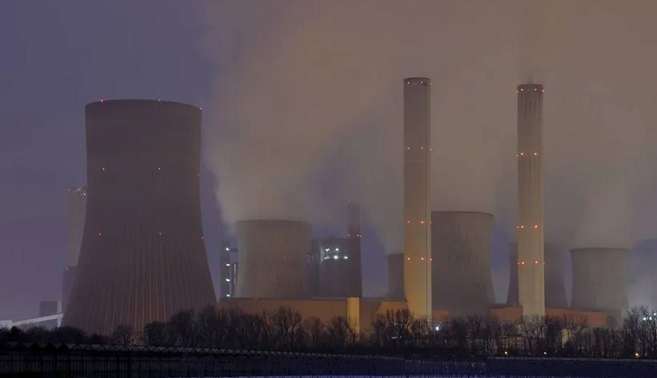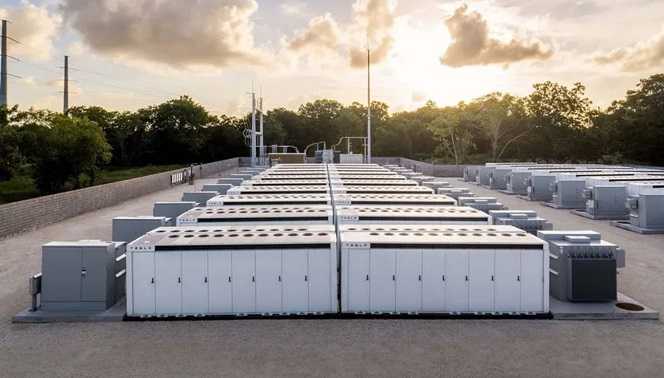A new study indicates that solar and onshore wind is the cheapest sources and modular nuclear is the most expensive.
Many still defend the need to deploy new nuclear facilities for electricity production. That clashes with the different studies showing that it is an option with high construction and operating costs. That is put on the table by a survey by the Commonwealth Scientific and Industrial Research Organization, an independent agency of the Australian Federal Government, which has estimated the cost of each technology.

The report has concluded that electricity generated by solar and onshore wind sources is the cheapest in Australia, even after considering the significant expense of integrating them into the electricity grid.
Cost estimates for building small modular nuclear reactors (SMRs) – a technology supported by the Australian Government but not expected to be commercially available until at least 2030 – have risen dramatically. They would provide the most expensive power, according to the draft GenCost report.
Australia’s power grids were designed for large coal-fired power stations. Still, these older plants are being closed because renewable energy is much cheaper and does not have the burden of CO2 emissions.
Replacing coal with renewables will spread more generation sources across the country, creating a distributed energy system, which will require large transmission lines and other technologies, including storage, to keep the grid stable while maintaining low costs.
The latest GenCost report shows that in 2030, a small modular nuclear SMR reactor, if it can be developed as planned, would have, at best, the second highest cost level of all available technologies, being only one plant behind. That runs on hydrogen.

It is not just an estimate of the Australian Government. The economic disadvantage of nuclear reactors is already visible. For example, the project designed to build a facility in Idaho, United States, which is expected to be operational in 2029, has had to be cancelled due to a lack of buyers for its expensive electricity.
Industry experts say SMRs, which have yet to be commercially available, will be more expensive than alternatives if electricity is implemented and cannot play a role in the market for longer. It’s a decade, and probably not before 2040.
The Australian energy market operator estimates that renewable energy could supply 96% of the country’s electricity at that time at much more competitive prices than today. A genuinely complex competition for the eternal modular nuclear promise, which also has in the increasingly abundant backup batteries another rival to take into account to attract investments each to support the fluctuations in renewables.
Source- CSIRO
Related Post
- This Flow battery technology revolutionizes renewable energy backup systems.
- Lithium batteries can be more efficient and cheaper without messing with their chemistry.
- New electrolyzers will revolutionize the green hydrogen industry